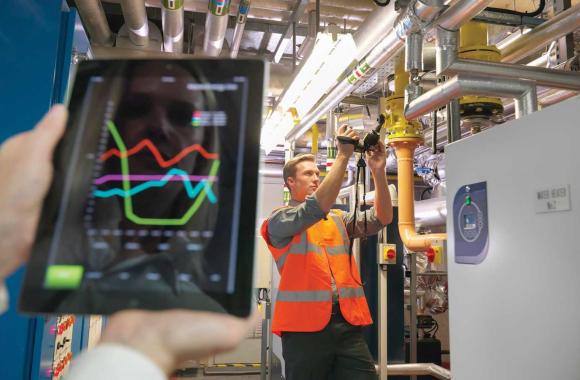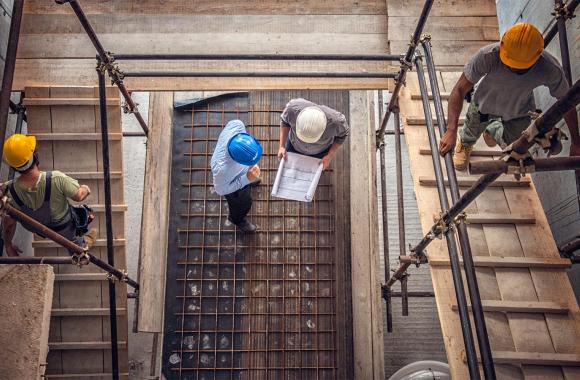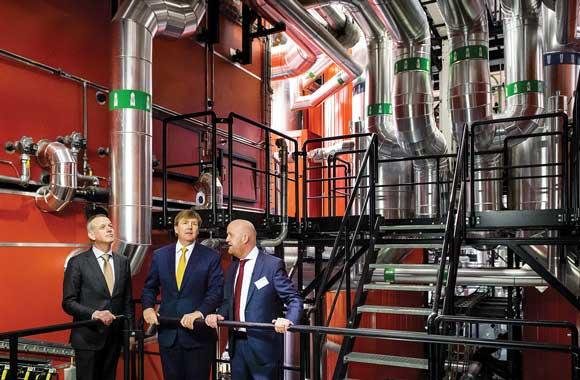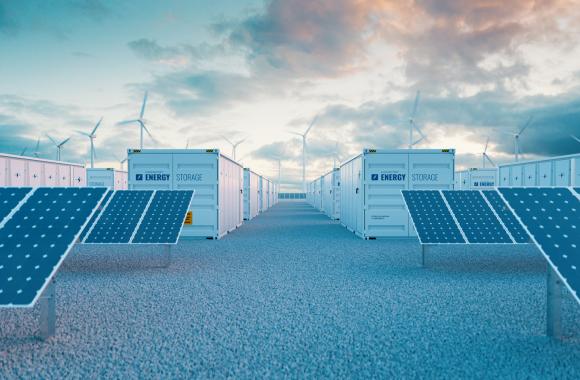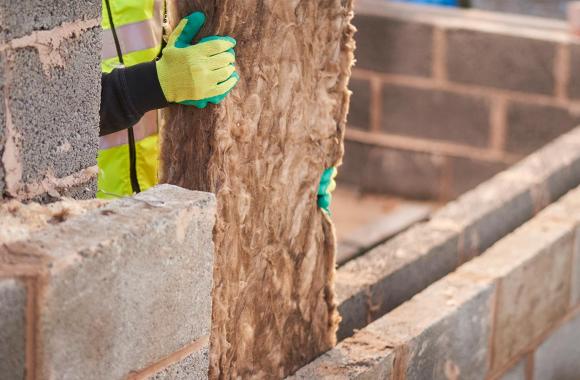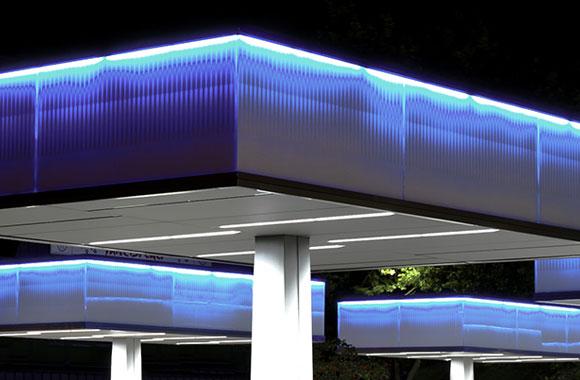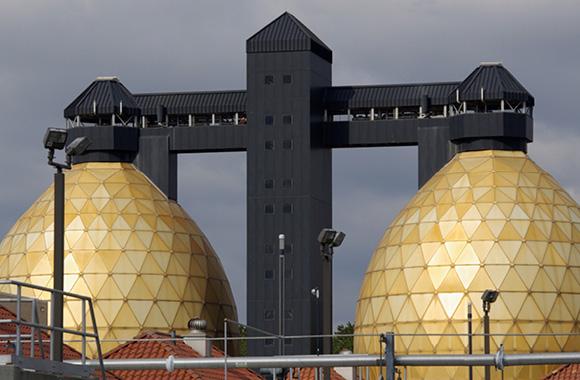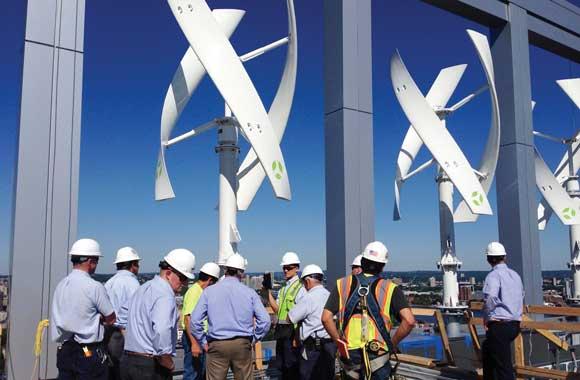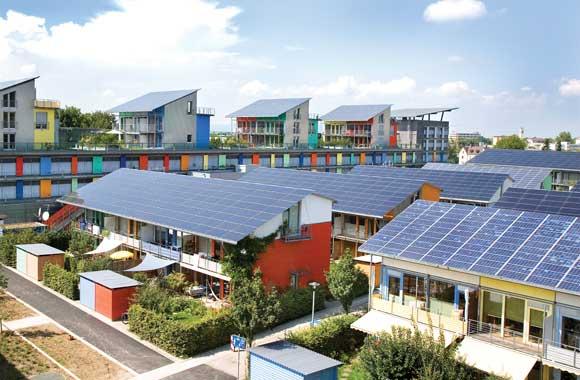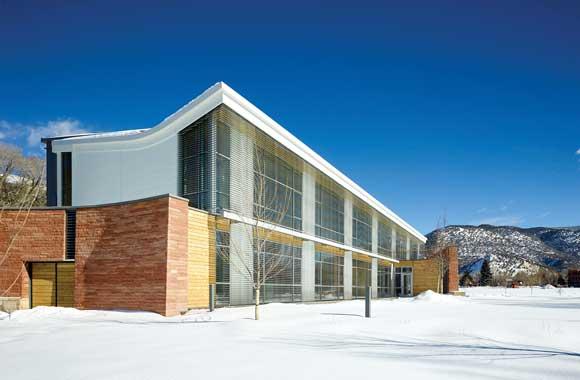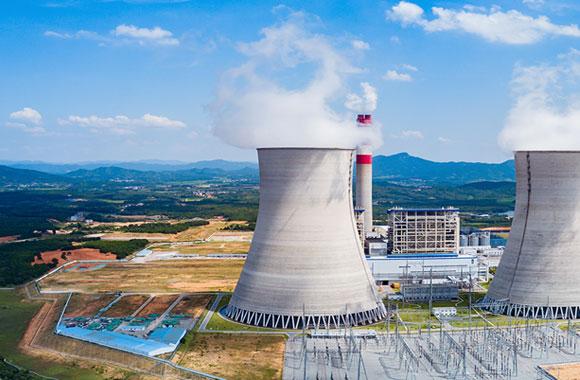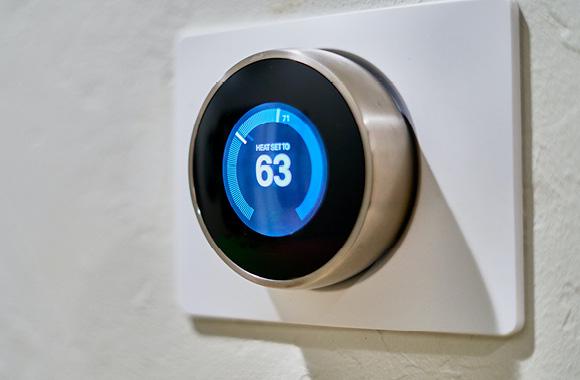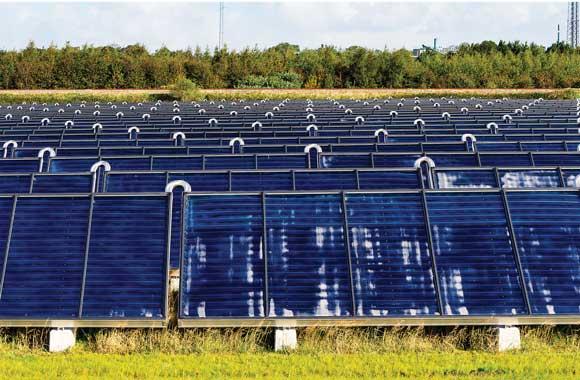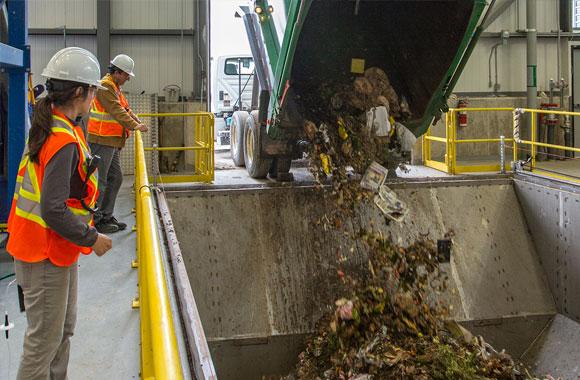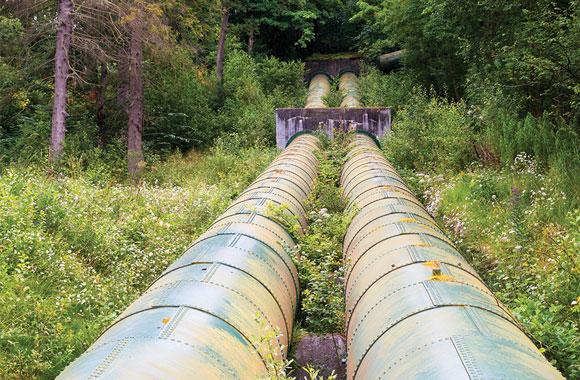Landfill Methane Capture
Landfills generate methane as organic waste decomposes. Rather than getting released as emissions, that methane can be captured and used to produce electricity.
Reduced/Sequestered
2020–2050
To Implement
Operational Savings
Impact
This solution sits at the bottom of the waste hierarchy. Landfill waste will decline as diets change, waste is reduced, and recycling and composting grow. Wastes that cannot, or should not, be combusted in waste-to-energy facilities will reach landfills as a last resort, where they will produce methane and other gases. Depending on the scenario, capturing and burning landfill methane to generate electricity can reduce greenhouse gas emissions by 3.89 gigatons or increase it by 1.48 gigatons of carbon dioxide equivalent over a 30-year period.
Introduction
Most landfill content is organic materials: food scraps, yard trimmings, junk wood, wastepaper. Their decomposition produces biogas, which includes methane, a potent greenhouse gas.
Landfill methane can be tapped, captured, and used as a fairly clean energy source for generating electricity or heat, rather than leaking into the air or being dispersed as waste. The climate benefit is twofold: prevent landfill emissions and displace coal, oil, or natural gas that might otherwise be used.
The technology to manage biogas is relatively simple. Dispersed, perforated tubes are sent down into a landfill’s depths to collect gas, which is piped to a central collection area where it can be vented or flared. Better still, it can be compressed and purified for use as fuel in generators or garbage trucks, or mixed into natural gas supply.
Project Drawdown defines our Landfill Methane Capture solution as the process of capturing methane generated from municipal solid waste in landfills and burning the captured biogas to generate electricity. This solution replaces conventional electricity-generating technologies such as coal, oil, and natural gas power plants.
Landfill methane capture can achieve 85 percent efficiency or more in closed and engineered landfills; it is least effective in open dumps, where the collection efficiency is approximately 10 percent and capture is typically not seen as economically favorable. As a waste treatment solution, landfill methane capture is seen as a last resort and is preferred only to landfilling without methane capture. However, where landfills exist it is an important solution for mitigating greenhouse gases.
Methodology
This analysis models the impacts of the adoption of landfill methane capture for electricity generation and gas flaring. Landfill methane capture is a mature technology that has been used widely for decades.
Total Addressable Market
We based the total addressable market for the Landfill Methane Capture solution on projected global electricity generation from 2020 to 2050. The total addressable market is different for the two adoption scenarios because Scenario 2 projects extensive electrification of transportation, space heating, etc., dramatically increasing demand and therefore production of electricity worldwide.
We estimated current adoption (the amount of functional demand supplied in 2018) at 33.1 terawatt-hours, or 0.13 percent of total electricity generated worldwide. Total adoption estimates vary widely because different sources place a different value on biomass and waste for energy.
Adoption Scenarios
The sources we used do not distinguish between landfill methane capture and biogas technologies for electricity generation; instead, their results combine biomass and waste for electricity generation. To determine future adoption, we assumed that biogas represents around 20 percent of total electricity generation from bioenergy worldwide, and biogas from landfills covered within this solution represents 30 percent of total biogas. The remaining 70 percent is covered by methane capture from agriculture, manure, and wastewater.
We calculated impacts of increased adoption of landfill methane capture from 2020 to 2050 by comparing two growth scenarios with a reference scenario in which the market share was fixed at current levels.
- Scenario 1: Landfill methane capture generates 6.98 terawatt-hours of electricity in 2050 (nearly 0.02 percent of the total addressable market).
- Scenario 2: Landfill methane capture declines to 0 terawatt-hours of electricity in 2050.
Emissions Model
We estimated landfill methane capture emission rates using the first-order decay method recommended by the Intergovernmental Panel on Climate Change (IPCC), in order to estimate both total emissions reductions for landfill gas-to-electricity generation and an increase in landfill gas flaring for the reference scenario.
Financial Model
The financial inputs used assume installation costs of US$1,921 per kilowatt. Due to the maturity of landfill methane capture technology, we applied a learning rate of 2 percent. We used an average capacity factor of 80 percent, compared with 55 percent for conventional technologies, and an average fixed operation and maintenance cost of US$237.2 per kilowatt, compared with US$34.7 per kilowatt for conventional technologies.
Integration
In integrating Landfill Methane Capture with other solutions, we adjusted the total addressable market for electricity generation technologies to account for reduced demand due to the growth of energy-efficiency solutions (e.g., LED Lighting and High-Efficiency Heat Pumps) as well as increased electrification from other solutions such as Electric Cars and High-Speed Rail. We calculated grid emissions factors based on the annual mix of different electricity-generating technologies over time. We determined direct and indirect emissions factors for each technology were determined through a meta-analysis of multiple sources.
Results
For Scenario 1, the net first cost to implement is –US$2.57 billion, with US$6.17 billion in lifetime savings. This scenario reduces carbon dioxide equivalent greenhouse gas emissions by 3.89 gigatons.
Due to integration and reduced waste feedstock availability, under Scenario 2 greenhouse gas emissions were 1.48 gigatons higher than for the reference scenario, since adoption and share of the total addressable market decrease through the period of analysis. The lifetime cost is US$20.17 billion.
Discussion
Landfill methane capture is a net benefit for the climate, but depending on the region and technologies being used, it might entail increased costs due to the need to install gas-to-electricity technologies in landfills.
While it is clearly a second-best waste management strategy, as long as landfills are being created it is still a viable and important solution for climate mitigation. Aside from the climate benefits and long-term cost savings, landfills that capture methane are safer and less of a public health hazard than those that do not. Therefore, as landfills move globally from open dumps or basic landfills to engineered sanitary landfills, the percentage of landfills that use landfill methane capture can and should be expected to increase.
References
AMPERE (2014). AMPERE Database. Regions Definitions. EU FP7 AMPERE Project Retrieved from: https://secure.iiasa.ac.at/web-apps/ene/AMPEREDB/dsd?Action=htmlpage&page=about#regiondefs
Greenpeace (2015). World Energy [R]evolution, a sustainable world energy outlook. Greenpeace. Retrieved from: http://www.greenpeace.org/international/Global/international/publications/climate/2015/Energy-Revolution-2015-Full.pdf
IEA (2016). Energy Technology Perspectives 2016. International Energy Agency. OECD/IEA, Paris. Retrieved from https://www.iea.org/publications/freepublications/publication/EnergyTechnologyPerspectives2016_ExecutiveSummary_EnglishVersion.pdf
What You Can Do
Estimate the amount of trash (by weight or volume) your household makes in a week. Think of three things you can do to reduce it—and do them.
Find out where your trash goes when it leaves your home or workplace. If it ends up in a landfill, share this page with facility managers.
- Expand your knowledge by exploring another Drawdown solution.



